Picasso on Paper at The Royal Academy

According to legend, Pablo Ruiz Picasso could draw before uttering his first words. Whether this is true or not, the Spaniard unquestionably displayed prodigious gifts from a very young age. During his long and immensely prolific artistic career, Picasso would reshape the rules of modern art itself, attracting derision, admiration and idolatry along the way. Nearly 50 years after his death, the Royal Academy has now taken the novel approach of offering the public a Picasso exhibition focused mainly on his work on paper.
The first thing to mention about this show is its sheer size. Organisers have opted to display the work chronologically and Picasso’s longevity and productivity have led to the inclusion of more than 300 drawings. There are also prints, oil paintings and sculptures, along with his characteristically experimental flights of fancy.
Right from the off, there are indications of Picasso’s sureness of hand. Two cut-outs of a dog and a dove produced by a pair of scissors at around the age of nine display his precocity. Nearby are youthful life-drawings that show an aptitude for line and tone far beyond his years.
The majority of the opening room, however, is dedicated to Picasso’s Blue Period. La Vie – a 1903 oil painting acknowledged to be the pinnacle of the period – is placed in the centre. In the foreground on the left stand, a naked couple confronts a mother holding a child on the right. Further characters positioned behind her allude to other stages of life. The painting is deeply sombre in tone, with blue hues predominating. Picasso had lost his friend Casagemas to suicide two years previously and La Vie sees the artist in a reflective mood. Elsewhere, related studies chronicle the painting’s evolution. Particularly shrouded in melancholy is his etching The Frugal Meal (1904).
The next room – focused on the Rose Period – highlights the time from 1904-06 when the artist, happy with his lover Fernande Oliver, started using oranges and pinks to depict her, alongside Harlequins, circus performers and clowns. One starts to notice Picasso stylising the human figure, reflecting on pre-classical Iberian sculpture on display at the Louvre.
Following the Rose Period, the viewer is exposed to the developmental studies which ultimately led to the startling Les Demoiselles d’Avignon – a defining moment in the Spaniard’s career. Images such as Nude Woman Drawing a Curtain (a 1907 charcoal) and Nude with Raised Arms (a charcoal, gouache and paper study), reveal how Picasso broke figures down to their bare essentials.
And so the periods roll on, through cubism, surrealism, and neoclassicism. The Spaniard’s strong line is especially refined in a series of neoclassical portraits drawn in pencil and charcoal between 1919 and 1920. One depicts Picasso’s then-wife – the ballerina Olga Khokhlova – poised and fashionably attired. Better still is the superb portrait of Igor Stravinsky that captures the Rite of Spring composer’s stern intensity.
Much later, in the 40s and 50s, Picasso is seen investigating and taking on artists he admires like Manet and Delacroix and finally, the late musketeers’ works. Every stage of his career gives weight to Dora Maar’s assertion that whenever a new woman entered his life, it would usher in a new style of work. In an area dedicated to the evolution of Picasso’s 1937 masterpiece Guernica, the visitor finds one of the artist’s finest etchings, The Weeping Woman, depicting Maar herself. In a previous room, the face of his young lover, Marie-Thérèse Walter, with whom he began an affair in 1927, inspires the creation of a series of drawings, lithographs and etchings where her facial features are simplified into sausage-like shapes, ultimately leading to the bronze Head of a Woman (1931-2). Walter also appears as the object of Picasso’s lust in many of his 1930s minotaur prints. The artist depicts himself as a half-human, half-bull from Greek mythology, usually ravishing his younger muse. The minotaur becomes a recurring motif.
Picasso’s resourcefulness is continually highlighted. He used café tablecloths and newspaper cuttings to draw on. At other times, he assembled collages with fragments of wallpaper and newspapers, as in the 4.8 metre wide Femmes à Leur Toilette (1937-8), or he created sculpture from torn and burnt fragments of paper.
In one of the last rooms, there’s a 1956 French documentary film – The Mystery of Picasso – directed by the filmmaker Henri-Georges Clouzot. The great artist is captured at work. In an innovative step, the drawing process was recorded through the back-lit paper. Consequently, we are able to see the reverse of the image emerging.
The finale for this hugely impressive exhibition is provided by one of the Spanish master’s last drawings. A skull-like self-portrait, rendered in crayon by the 90-year-old Picasso, chills you to the bone, marking the closing chapter of his remarkable life.
James White
Featured image: from Pablo Picasso Gift in Lieu, © RMN-Grand Palais (Musée national Picasso-Paris) / Adrien Didierjean © Succession Picasso/DACS 2019.
Picasso on Paper is at The Royal Academy from 22nd January until 13th March 2020. For further information visit the exhibition’s website here.

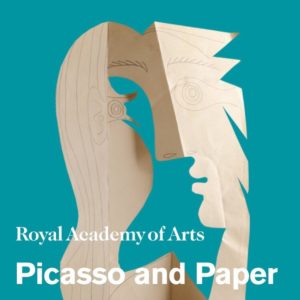








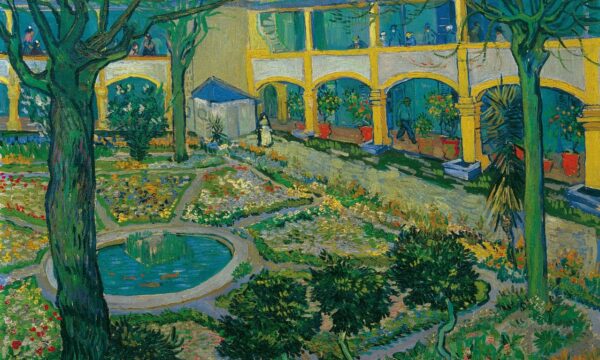
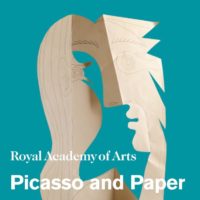


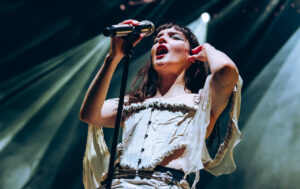
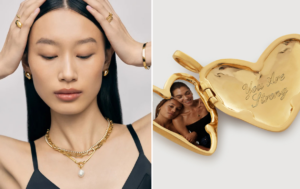
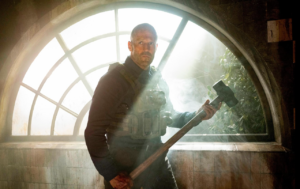






Facebook
Twitter
Instagram
YouTube
RSS